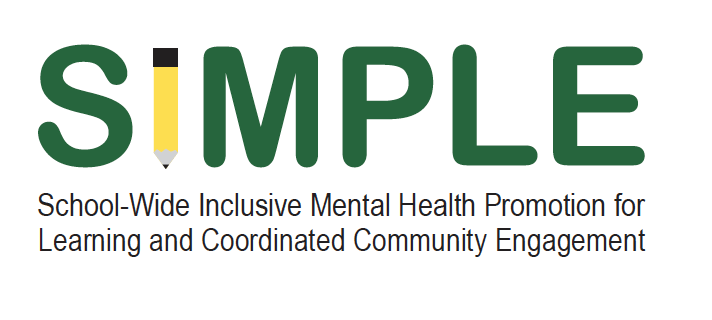The current study evaluates lessons learned from a feasibility and acceptability trial of the Think, Be, Do, curriculum (a mental health literacy curriculum) for transition age students (14–21) in special education classrooms. Six teachers and sixty-two students from a northwest state in suburban and rural settings participated in the intervention group and were exposed to the Think, Be, Do curriculum twice a week for five weeks. Data were collected from students, teachers, and observers. A mixed methods approach captured quantitative and qualitative data from participants. Results from the implementation suggest the curriculum was feasible to implement, acceptable to teachers for their classrooms, and had preliminary increases in student mental health literacy. Lessons learned from the initial implementation and implications for research and practice are discussed.
Due to increasing incidence of mental health challenges in college students and its relation to poorer student outcomes (e.g., recruitment, retention, graduation), higher education institutions have turned their attention toward the needs of students experiencing mental health challenges (Collins & Mowbray, 2005). In attempts to ameliorate poorer student outcomes, some states have investigated the impact of mental health on those enrolled in higher education as well as the needs for supports and services for those impacted (e.g., Oregon Higher Education Coordinating Commission [OHECC], Office of Academic Policy and Authorization, 2018). However, despite these initiatives, limited empirical research is available related to the lived experiences of individuals with mental health challenges in higher education settings; including the supports and barriers they may experience while navigating these complex settings. This study begins to address this knowledge gap by using qualitative content analysis to examine and compare key stakeholder lived experiences related to mental health challenges in higher education, including the similarities and differences regarding service and support needs, determinants to usage (support and barriers), and recommendations for future research and improving the continuum of care. Considerations for policy, practice, and future research are provided.
This study reports results from a national survey of education and community professionals regarding secondary level students with disabilities who were experiencing mental health concerns. A total of 648 professionals from 49 states completed the on- line survey. Respondents reported that almost half (48%) of their students with disabilities were experiencing some mental health concerns and that these concerns were not always addressed through the Individualized Education Program (IEP) and transition planning process provided under federal law. Major barriers to providing effective services included: (a) limited availability of resources; (b) challenging student behaviors; (c) family characteristics and involvement; (d) lack of collaboration between stakeholders; and, (e) need for professional development. Key strategies to improve outcomes included: (a) increasing access to services; (b) developing student skills; (c) involving parents and families; (d) building positive student/teacher relationship; and (e) increasing training and professional development opportunities.
